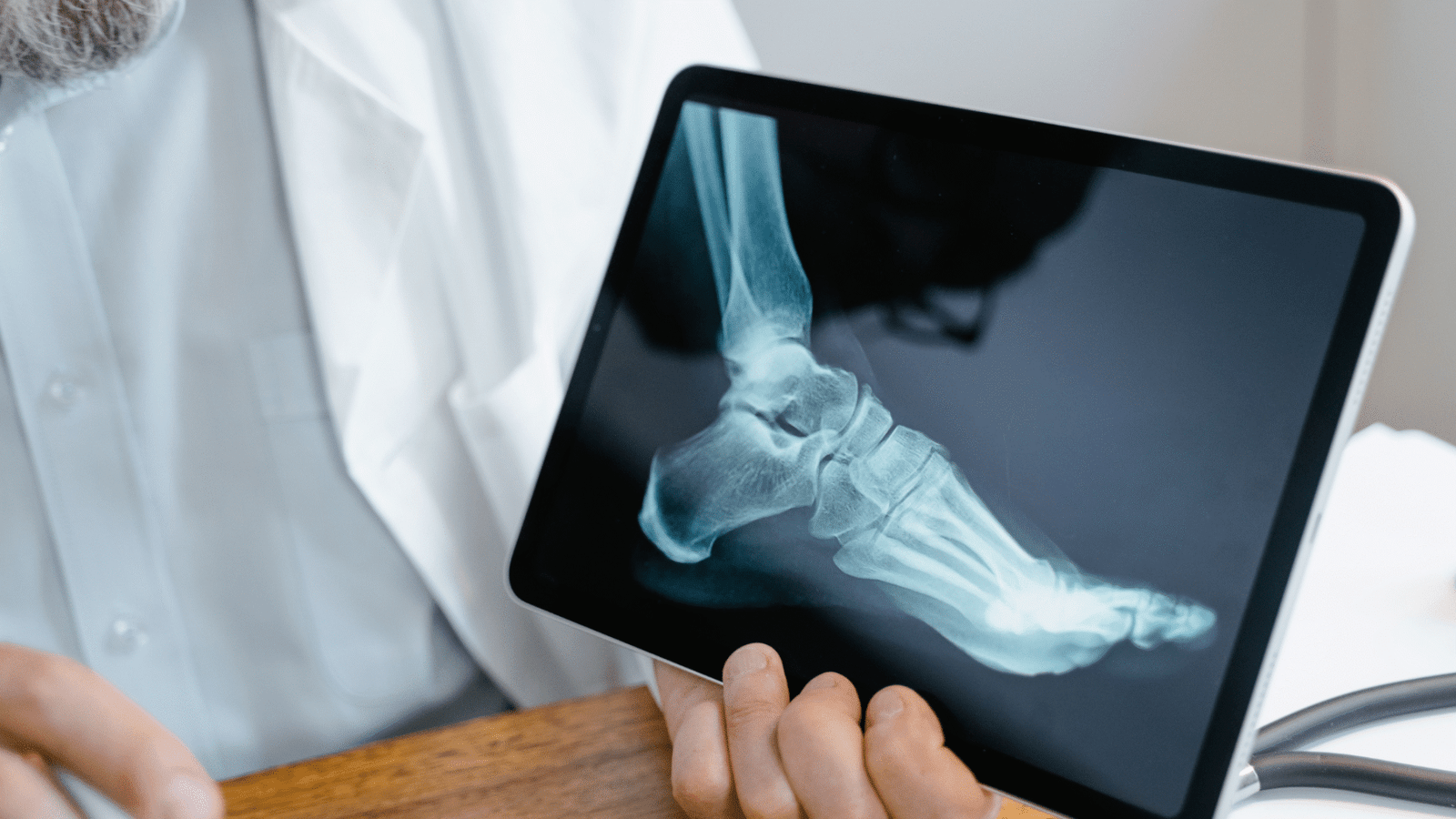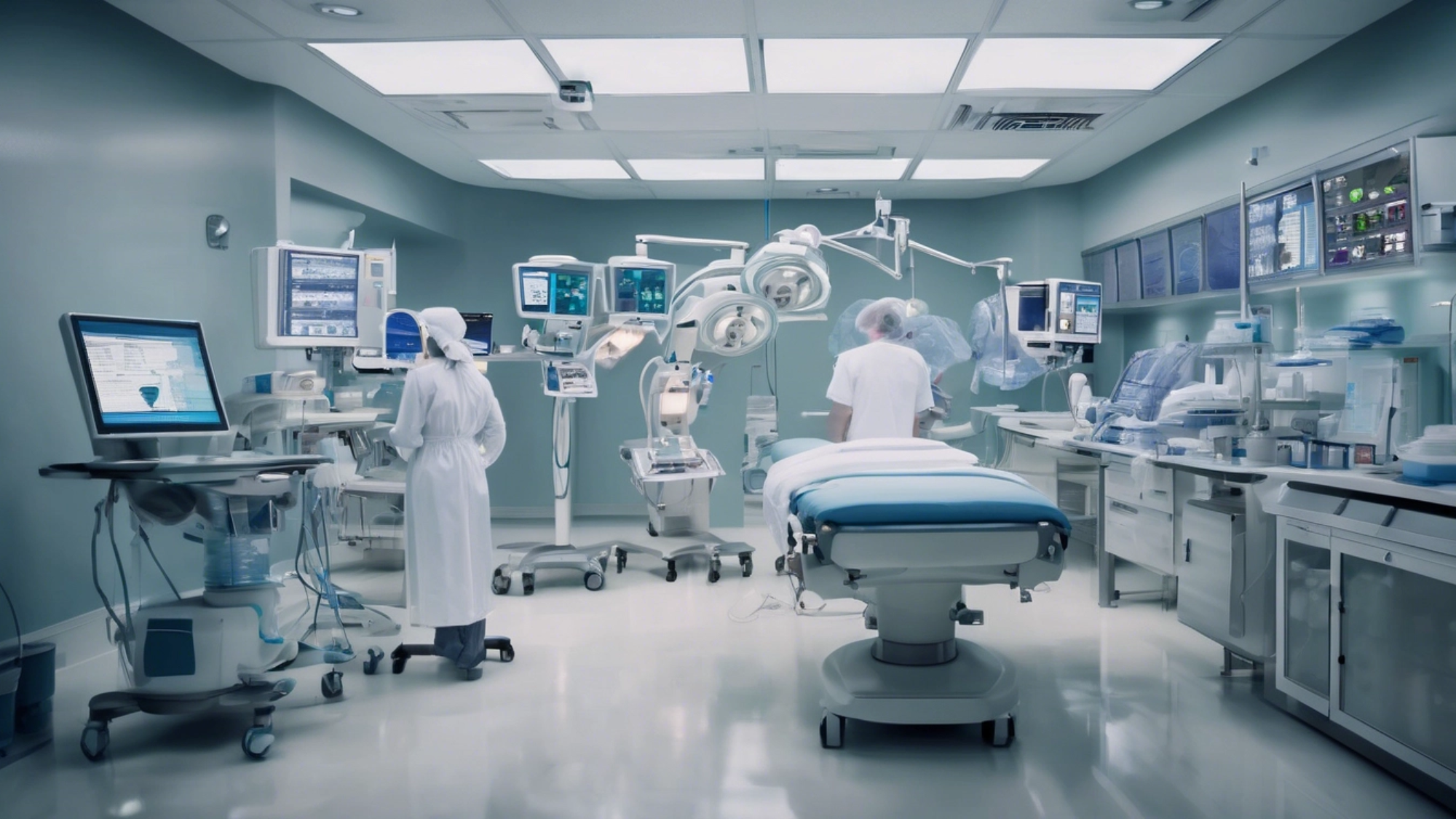In an age of rising operational costs, staffing shortages, and growing data complexity, hospitals and healthcare facilities are under immense pressure to do more with less. The promise of Artificial Intelligence (AI) has long been held up as the panacea for many of these systemic challenges, but often the real power of AI isn’t unlocked simply by deploying advanced algorithms. Instead, it lies in how we interact with these tools.
That’s where prompt engineering comes in.
Prompt engineering is no longer just a niche skill for AI developers. It’s fast becoming a cornerstone for digital transformation in healthcare, especially for hospital leaders looking to use AI-powered automation to optimize workflows, enhance decision-making, and strengthen communication.
At Quad Consulting Group, we understand the nuanced challenges healthcare leaders face because we’ve been in your shoes. With deep roots in IT systems, sterile processing departments (SPD), and AI consulting, our mission is to bridge the gap between cutting-edge technology and real-world hospital operations. In this post, we’ll show you how prompt engineering can transform the way your facility runs.
The Current Healthcare Landscape
Hospitals are digital ecosystems overloaded with data but underleveraged in insight. Here are some common pain points we hear from hospital executives:
- Clinical staff wasting valuable time on administrative tasks.
- Poor communication between departments leading to delays in care.
- Underutilized EHR systems that fail to surface actionable intelligence.
- Manual workflows slowing down sterile processing or inventory management.
These issues aren’t just frustrating — they’re dangerous. Miscommunication, delayed care, and operational inefficiencies can directly impact patient outcomes and staff well-being.
So how can hospital leaders harness the latest AI tools to not just automate, but intelligently optimize?
The answer starts with prompt engineering.
What Is Prompt Engineering
Prompt engineering is the skill of crafting effective inputs (or “prompts”) to guide AI models, particularly large language models (LLMs) like ChatGPT, to produce relevant, accurate, and useful outputs. Think of it like asking a question in just the right way to get the best answer.
When applied strategically, prompt engineering becomes a superpower for hospital administrators, department heads, and healthcare IT professionals. It allows them to:
- Automate repetitive tasks without writing a line of code.
- Streamline workflows across departments like billing, scheduling, and logistics.
- Generate tailored reports in seconds.
- Summarize medical literature or patient data with pinpoint precision.
- Enhance communication with AI-generated meeting notes, updates, or SOPs.
In essence, prompt engineering allows hospital leaders to speak fluently with AI systems, directing them to perform tasks, generate insights, and support decision-making like an always-on assistant.
Real-World Use Cases of Prompt Engineering in Healthcare
Let’s get practical. Here are specific scenarios where prompt engineering can add value to your hospital or healthcare facility.
1. Sterile Processing Department (SPD) Optimization
As specialists in SPD consulting at Quad Consulting Group, we know how critical sterile processing is to safe surgical procedures. AI can help here by:
- Generating daily task lists for SPD teams based on OR schedules.
- Creating training manuals and checklists from regulatory documentation.
- Automating incident reporting and generating audit-ready summaries.
With effective prompts, a leader can simply ask: “Generate a sterilization checklist for tomorrow’s cardiac surgery cases,” and the AI delivers.
2. EHR Data Summarization
Clinicians are overwhelmed by the time they spend navigating Electronic Health Records (EHR). With prompt engineering, you can ask the AI to:
- Summarize a patient’s history, medications, and allergies before rounds.
- Highlight discrepancies or red flags in clinical notes.
- Generate patient-friendly discharge instructions based on notes.
Imagine typing: “Summarize Mr. Johnson’s chart for handover” and getting an instant, accurate overview.
3. Staff Communication and Internal Updates
Hospital communication often breaks down across departments. Prompt engineering helps by:
- Drafting weekly bulletins or leadership updates.
- Translating policies into department-specific SOPs.
- Creating Q&A documents based on regulatory changes.
For example: “Draft a message to all SPD staff explaining the new sterilization protocol” becomes a one-minute task.
4. Inventory and Logistics Automation
Hospitals depend on timely logistics. AI can:
- Forecast supply shortages based on usage patterns.
- Generate reorder lists.
- Summarize vendor contracts or delivery logs.
Prompts like “List the top five most-used surgical kits last month and their current stock levels” can return actionable insights instantly.
5. Staff Training and Education
Whether onboarding new hires or preparing for audits, prompt engineering can help:
- Develop quizzes and flashcards from policy documents.
- Translate complex regulations into digestible training content.
- Simulate patient care scenarios for clinical training.
Building a Culture of AI-Powered Automation
Technology without culture is like having a high-performance vehicle with no one who can drive it. At Quad Consulting Group, we emphasize adoption-first strategies when helping hospitals implement AI tools.
Here’s how to build a culture of AI-powered automation using prompt engineering:
- Start Small: Begin with one department (e.g., SPD or HR) and demonstrate success through quick wins.
- Train Key Staff: Teach department heads and administrative leads how to write prompts effectively.
- Use Templates: Create a shared library of tested prompts for different use cases.
- Track ROI: Monitor time saved, error reductions, and improved satisfaction.
- Iterate Often: Encourage staff to refine prompts over time to improve results.
This approach ensures that AI becomes a collaborative tool, not a black-box replacement.
The Quad Consulting Group Difference
We’re not just consultants — we’re partners in transformation.
At Quad Consulting Group, we combine our expertise in sterile processing, IT systems, and generative AI to deliver tailored solutions that match the unique needs of your facility. We’ve seen how prompt engineering can reduce friction, elevate care standards, and empower hospital leaders to make better decisions.
Whether you’re trying to reduce surgical delays, improve interdepartmental workflows, or prepare your staff for AI-powered tools, we’re here to help.
Getting Started: Prompt Engineering Made Simple
Here are a few starter prompts you can try today with ChatGPT or any LLM you trust:
- “Summarize the last 5 entries in this incident report log.”
- “Draft a professional email to all staff about the new hand hygiene policy.”
- “Create a checklist for SPD staff preparing for orthopedic surgeries.”
- “Explain the new Joint Commission standards in simple terms.”
- “Generate a training quiz from this document.”
The key is experimentation. With every prompt, your team gets closer to understanding how to harness AI for better outcomes.
The Future of Healthcare Is Conversational
Prompt engineering isn’t just a technical skill — it’s a leadership tool. It empowers healthcare executives, managers, and frontline staff to communicate with AI in ways that generate real value.
Hospitals that embrace AI-powered automation and train their staff in prompt engineering will lead the next wave of healthcare innovation. Those who don’t risk falling behind.
At Quad Consulting Group, we believe that the future of healthcare is intelligent, optimized, and human-centered. Prompt engineering is one of the simplest yet most powerful tools to get there.
If you’re ready to explore how prompt engineering can work in your hospital, let’s talk. We’d love to walk you through real-world examples tailored to your facility and help you build a smarter future for your staff and patients.
Have thoughts or questions? Leave a comment or reach out to us directly at www.quadconsultinggroup.org — we’re ready to help you get started.



